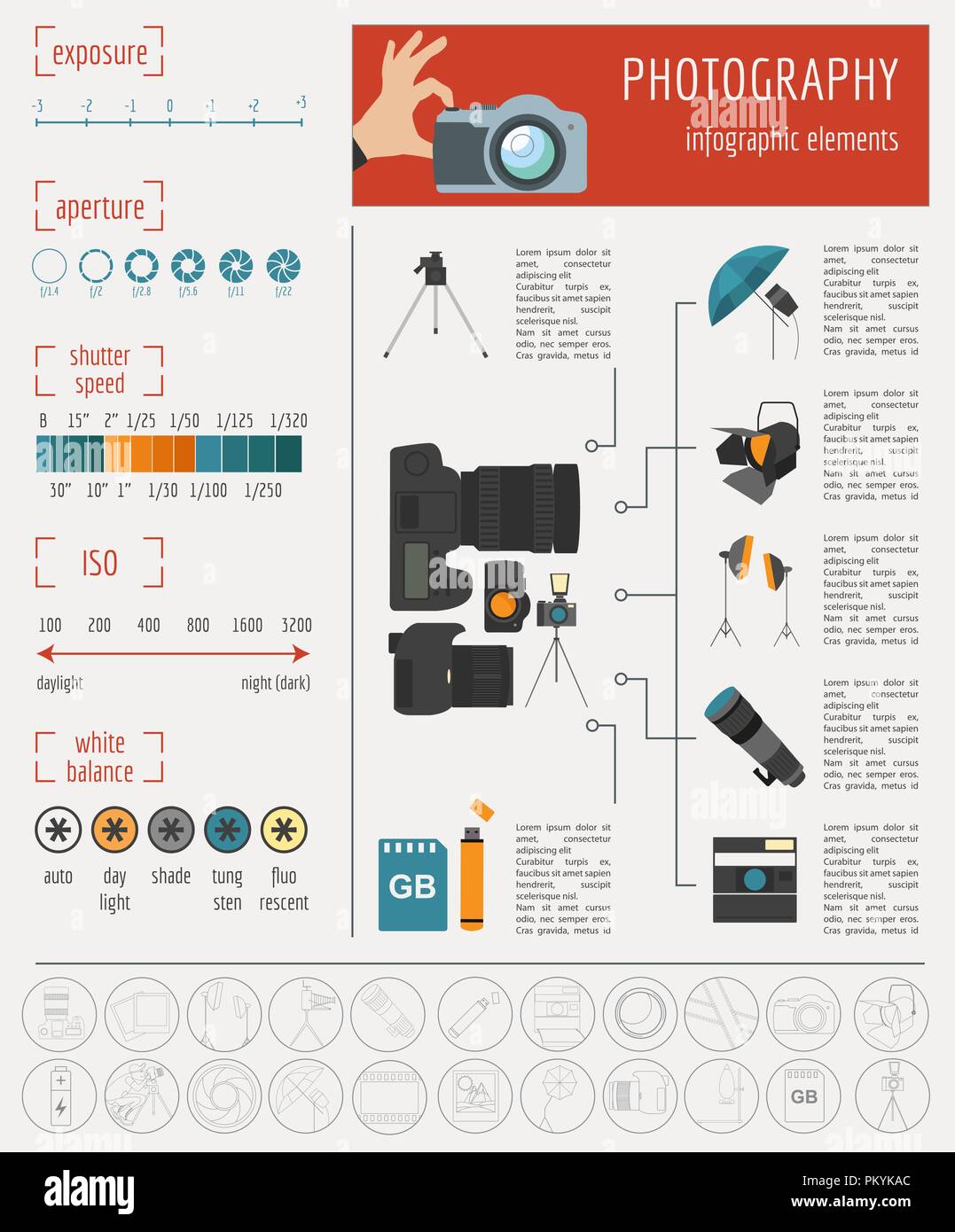What Every Digital Photographer Needs To Know About Lights
What Every Digital Photographer Needs To Know About Lights
Blog Article
Web Content Produce By-Caldwell Isaksen
As a digital photographer, you know that illumination can make or damage your pictures. Recognizing the nuances of both natural and fabricated light is vital for capturing the state of mind and clearness you aim for in your job. Whether you're chasing after the best golden hour radiance or adjust your fabricated setups, mastering these aspects can elevate your digital photography substantially. But there prevail mistakes that many neglect, and recognizing them can transform your approach to every shoot. Let's explore what you might be missing and just how it can affect your outcomes.
Recognizing Natural Light
Comprehending natural light is important for any kind of digital photographer wanting to enhance their work. It's the foundation of wonderful photography, affecting state of mind, tone, and clearness. When you shoot outdoors, focus on the time of day. The gold hour-- shortly after dawn and before sunset-- offers soft, warm light that can change regular scenes right into stunning images.
Don't take too lightly the power of cloudy days. http://mark89cliff.xtgem.com/__xt_blog/__xtblog_entry/__xtblog_entry/37564769-essential-digital-photography-gear-what-you-truly-required-to-get-going?__xtblog_block_id=1#xt_blog diffuses sunlight, developing a soft, also light that's best for pictures and macro photography. read this 'll discover shades appear this type of illumination without severe darkness.
Placing issues, too. Constantly consider why not look here to the light source. If the sun's behind your subject, you may end up with a shape, which can be remarkable yet mightn't be what you desire. Alternatively, straight sunlight can develop unflattering shadows.
Try out angles; sometimes, transforming your viewpoint can produce outstanding outcomes. Use all-natural reflectors, like water or sand, to bounce light onto your topic, including measurement.
Mastering Artificial Light
Grasping man-made light is important for digital photographers who wish to take their skills to the next level. Whether you're using speedlights, workshop strobes, or continual lights, recognizing just how to control these sources can significantly improve your photos.
Beginning by familiarizing yourself with the fundamentals of light quality, instructions, and shade temperature level. Experiment with various modifiers like softboxes, umbrellas, or grids to regulate the soft qualities or violence of the light.
You'll find that soft light usually develops flattering outcomes, while harsher light can add drama and depth. Don't shy away from darkness; they can improve the three-dimensionality of your subjects.
Pay attention to the positioning of your lights. A light positioned as well near to your subject can produce unflattering results, while too far can cause a lack of information. Utilize a light meter or your camera's histogram to ensure you're subjecting correctly.
Lastly, remember that synthetic light can be combined with ambient light for innovative effects. Balancing these sources may take technique, once you grasp it, your photography will truly beam.
Methods for Different Scenarios
When you step into various shooting scenarios, adjusting your lights methods is critical for recording the most effective photos. For exterior pictures, use the golden hour-- early morning or late afternoon light-- to soften darkness and enhance complexion.
If it's an extreme lunchtime sunlight, take into consideration utilizing a reflector to bounce light back onto your subject or look for shaded areas for an extra also exposure.
In low-light situations, like interior events, raise your ISO and utilize a vast aperture to allow in even more light. A tripod can help eliminate video camera shake, allowing for longer exposures without obscuring.
If you're shooting at night, try out off-camera flash to produce vibrant lighting and depth in your images.
For professional copyright photo , use diffused illumination to avoid harsh representations. Softboxes or light camping tents can help accomplish this result.
When photographing landscapes, take into consideration the instructions of light and time of day, as it can drastically change the state of mind of your shot.
Always be ready to readjust your settings and placing based upon the circumstance, as versatility is vital to mastering illumination in digital photography.
Verdict
To conclude, understanding lighting is key to elevating your photography skills. Embrace all-natural light's appeal throughout golden hour, and don't avoid experimenting with fabricated light methods. By adjusting your method to different circumstances, you'll catch sensational images that reverberate with feeling and clarity. Keep in mind, the ideal lighting can transform a normal shot into something phenomenal, so maintain practicing and fine-tuning your understanding of both natural and fabricated light. Pleased shooting!
